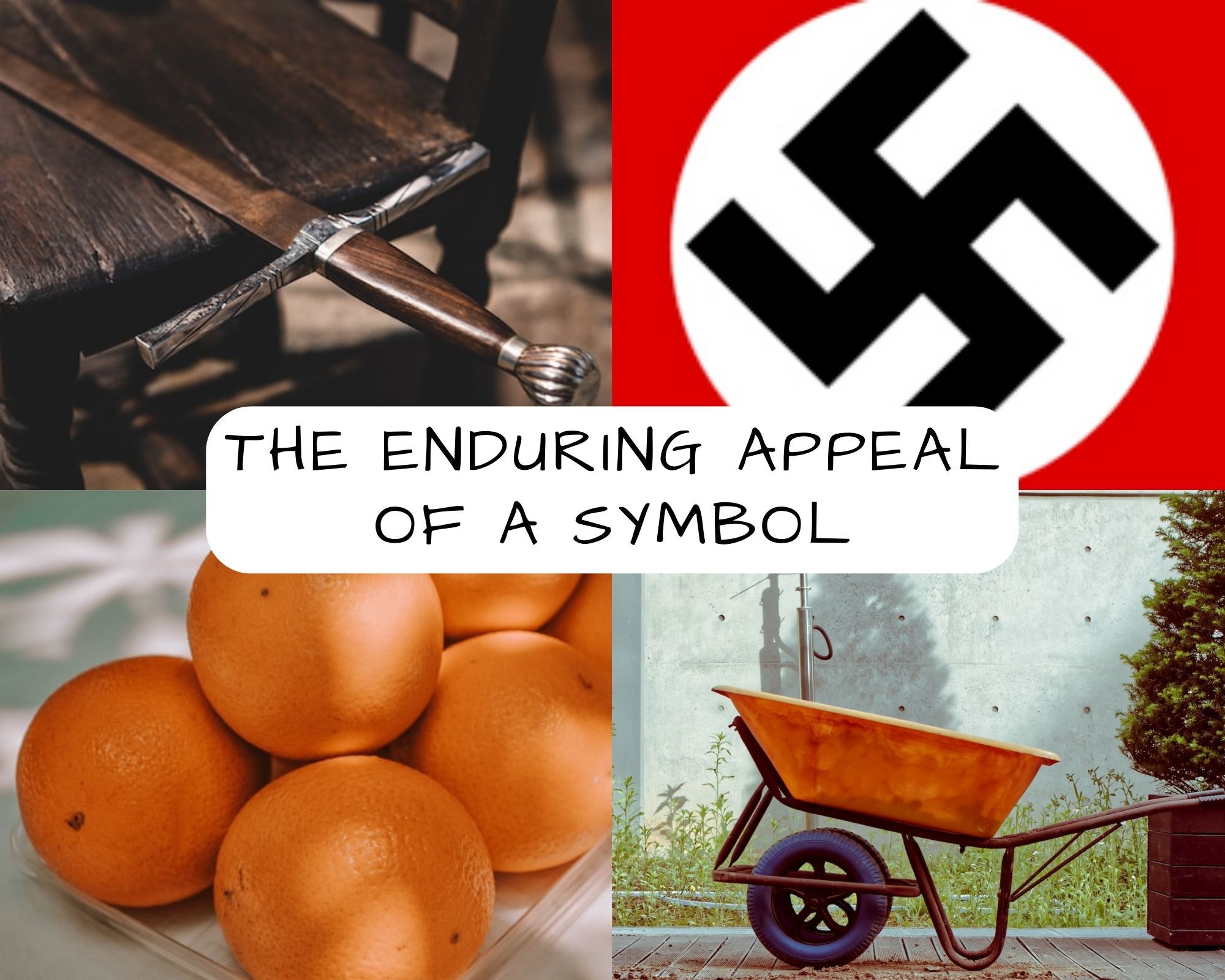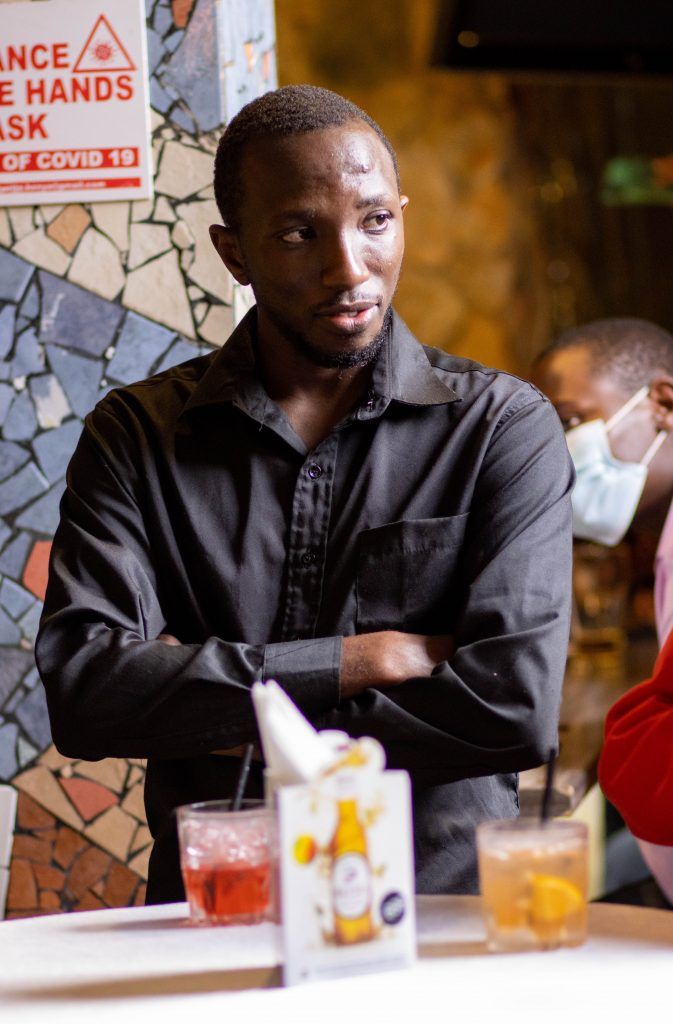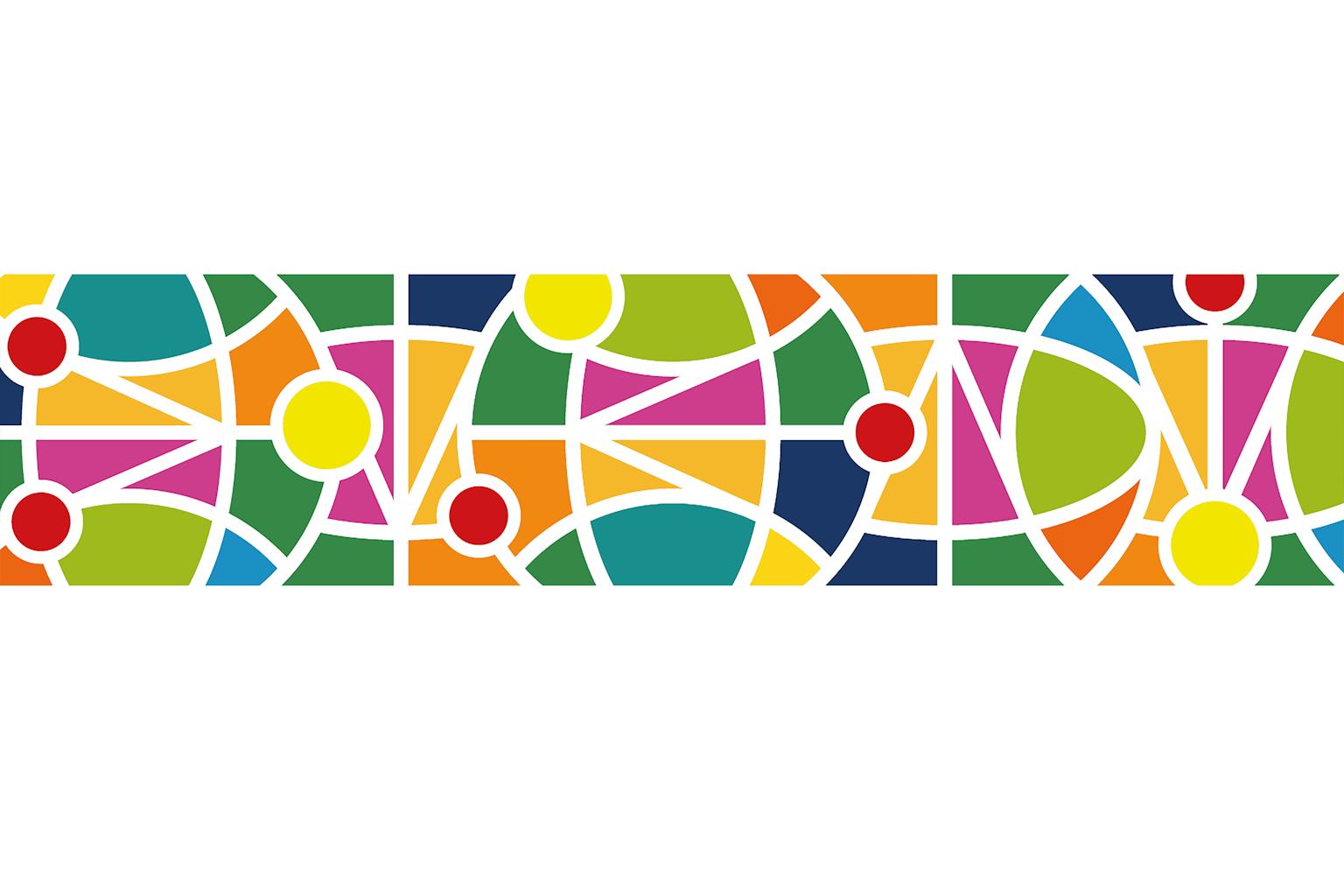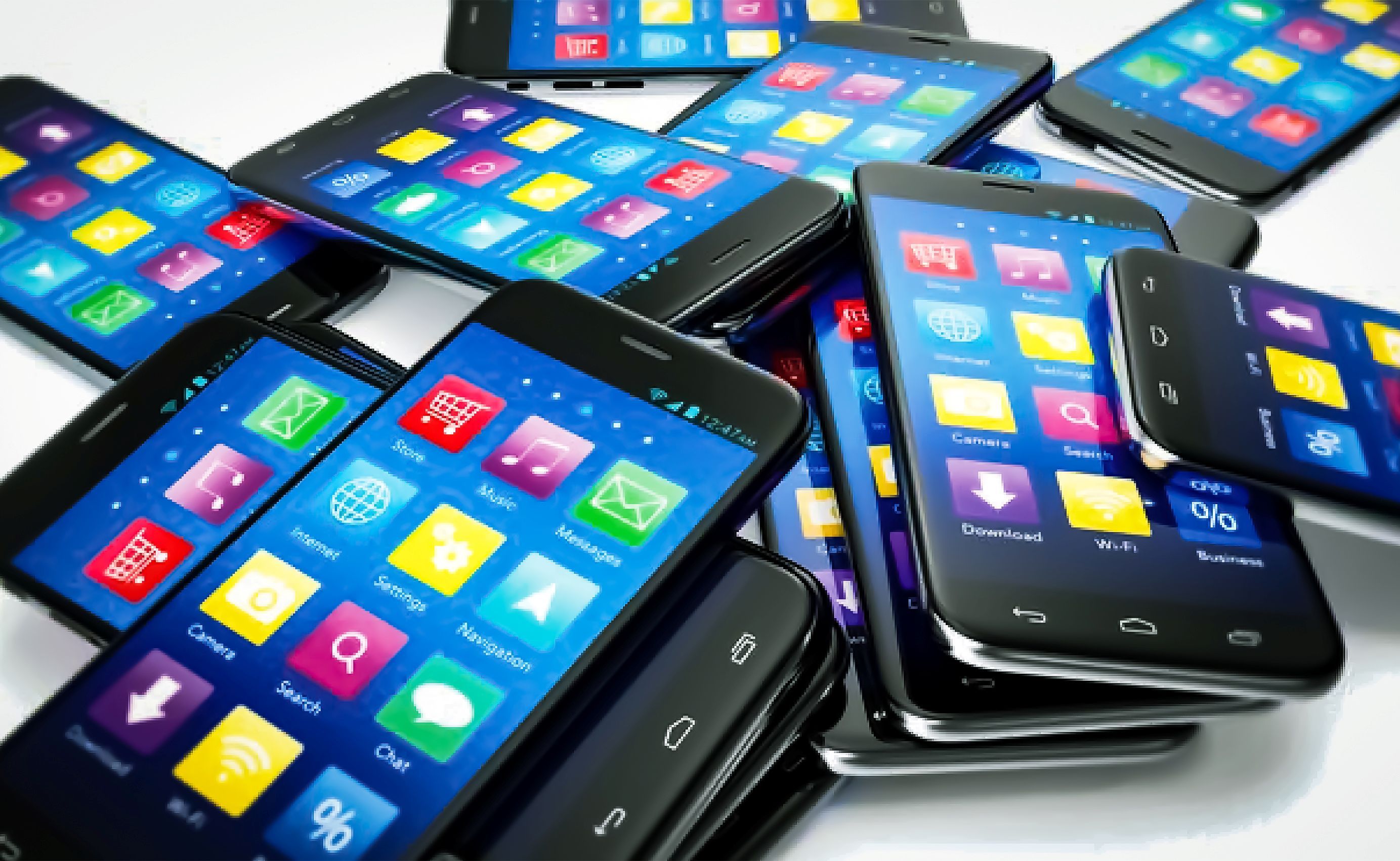Some weeks ago, Kenya was witness to the power of symbolism in running the state. It was on September 5, the day power passed over from H.E. Uhuru Kenyatta to H.E. William Ruto. The handover of power was accomplished quite simply with a sword. Uhuru Kenyatta handed over a ceremonial sword to William Ruto, and in that uncomplicated gesture, all the power vested in Uhuru Kenyatta as the Commander-in-Chief passed over to William Ruto.

I have been trying to wrap my head around this since then. That with the simple gesture of a sword passing from one hand to the other, there was also the passing over of the power to wage war and broker peace, the power to build the country or destroy it, the power to inspire a nation or depress it. It is mind-boggling to me.
Recently, I heard an interesting story. When Kenya was gaining independence from the British, Jomo Kenyatta wanted the Union Jack lowered to symbolise the end of British colonisation. The British, however, were opposed to the idea. But Kenyatta had his way. What he did not know was that the crafty colonisers had an ace up their sleeves. The lowering of the Union Jack was done at midnight. As it was lowering, they switched off the lights, and the British flag was lowered in pitch darkness. Therefore, no one saw the lowering of it. Which begs the question: if no one saw it, did it happen? The power of a symbol comes from being observed and, above all, understood.
It’s not just the state that is run by drawing on the power of symbols. The church is too, even more than the state. Jesus Christ lived over two thousand years ago. What keeps him alive is his words, but more than that, the symbols crafted by the church to keep him alive. Of these symbols, the most important is the cross. Also important is the eucharist, which is the bread that represents the body of Christ and the wine that represents his blood. How the church has managed to convince billions of people over the ages that they are actually consuming Christ is astounding.
Symbols pack psychic power that words can’t match. They communicate complex ideas in a way that can be understood instantaneously. They are contextual and require the viewer to have extensive knowledge regarding the context. To understand why the symbol of the ODM party is an orange, you would have to know your history: in 2005, there was a referendum in this country, where the ballot papers featured the banana and orange symbols to represent YES and NO voters respectively. Currently, to understand why the symbol of the UDA party is a wheelbarrow, you would have to understand the meaning and origin of the Hustler narrative, which is the governing philosophy of the UDA party.
Symbols are extremely powerful for communicating to large groups, which is why politics, religion and advertising make liberal use of symbolism. Every political party has a symbol. Every religion has a symbol: the Cross for the Christians, the Star and Crescent for the Muslims, the Star of David for Judaism, and the Wheel of Dharma for the Buddhists. And every serious company on earth has a logo.
Symbols make it easier for leaders to mobilise massive groups. Armies fight under a banner, that is a flag with symbols painted on it. In the Crusades, two symbols were at war: the cross and the crescent. The 2007 post-election violence involved oranges rising against bananas.
Symbols, as innocent as they look, can end up having sinister meanings. While oranges and bananas are harmless fruits, these two symbols were the cause of the overwhelming hatred and bloodshed that was unprecedented in the history of this country.
Symbols change meaning when the context changes. Before the swastika was appropriated by Adolph Hitler, it was known for representing Hinduism. But after Hitler’s evil rule, you cannot see a swastika and fail to remember the madness and cruelty that characterised the Nazi era. In America today, the swastika has been appropriated by certain far-right groups who want to tap into its Nazi history.
The meaning of a symbol is negotiated through consensus. People in authority may introduce a symbol and give it a specific meaning, but what it ultimately means depends on the audience’s interpretation. This is why political parties and companies are always keen to do their research and brainstorm on the allusions and connotations that are associated with a symbol. When the UDA party introduced the wheelbarrow as their slogan, this attracted jeers from detractors who said that the wheelbarrow is ancient technology and does not belong in the 21st century. They wanted to drive a narrative that UDA was a retrogressive party. They were trying to change the meaning of the symbol.
Therefore, where competition is the order of the day, there will be malicious actors who will try to corrupt the meaning of the symbol, either in jest or for sabotage. For a young company that hasn’t solidified its brand, the distortion of its logo’s meaning can be fatal. Especially when the rogue meaning is offensive to the company’s customers, shareholders, suppliers, financiers or other major stakeholders.
In competitions, money is a wonderful prize but it should not be the only prize. Because one will spend money and forget it fast. On the other hand, if the winners, in addition, get plaques, branded pens, statuettes or other symbolic objects, all the elation of the win is transferred to the symbolic object and resides in it for a lifetime. An old man in his eighties might still show you with pride the trophy he received for winning in a competition that took place in his secondary school days almost seventy years back.
Let me use myself as an example. There are people who call me Samurai. That’s because of a name I have picked up for myself: Miyamoto Muswahili. I have been consistent in building this brand around myself. With the Samurai symbol, I communicate that I am a dedicated warrior in the path I have chosen: writing. The Katana (Samurai sword) is my personal symbol; it represents my pen. With my pen, I cut through layers of artifice, bullshit, ambiguity, jargon, and intellectual difficulty to provide the reader with clarity, beauty, and a sense of thrill. Like today, I have unpacked symbolism for you; wasn’t it all that I have said I do?





